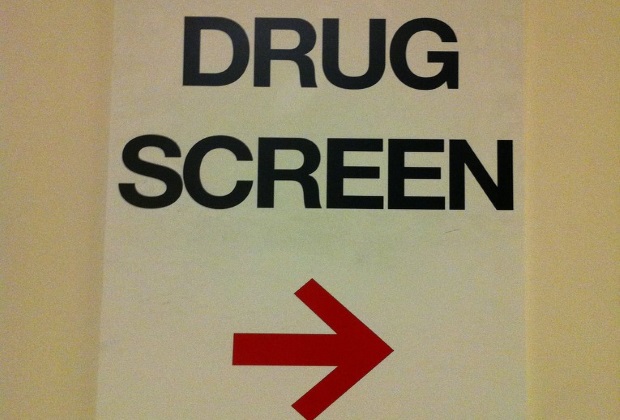A Guide to Hair Follicle Drug Testing

Hair follicle drug testing stands out as a reliable method for detecting drug usage over an extended period. Whether conducted in professional settings or through home kits, this form of testing offers a deep dive into an individual’s drug history. This exploration will detail the process of hair follicle drug testing, including how it’s carried out on individuals with little to no hair and the significant advantages it brings.
Understanding Hair Follicle Drug Testing
Hair follicle drug testing is a sophisticated technique that identifies both illegal and prescription drug misuse by analyzing hair samples. Contrary to what the name might suggest, the test focuses on the analysis of hair strands rather than the actual follicle. This method serves as a tool for identifying instances of drug misuse.
To perform this test, a small hair sample, typically consisting of about 200 strands, is sent to a lab for detailed examination. Its capacity to trace drug use up to three months prior makes it an invaluable resource for obtaining a comprehensive understanding of an individual’s drug history. This is achievable as the test detects drug metabolites embedded within the hair shaft, which are incorporated from the bloodstream.
Depending on the testing panel used, the range of drugs detectable can vary, mirroring the breadth seen in urine testing. For example, a standard Health Street panel will screen for substances such as Amphetamines, Cannabis, Cocaine, Opioids, and Phencyclidine, providing a broad overview of drug presence in the system.
Operational Mechanics of Hair Follicle Testing
The procedure for hair follicle drug testing is straightforward – a laboratory analyzes a hair sample to identify any drug use. Drugs enter your hair through your bloodstream, where their chemical components are metabolized and subsequently integrated into your hair. Thus, the test pinpoints the presence of drugs within the hair strands.
Hair tests are favored by employers for pre-employment screenings and random checks due to their comprehensive detection capabilities. Studies also suggest that when combined with self-reports, hair testing is effective in monitoring drug use among high-risk individuals.
The testing can be conducted in various settings, including labs, medical facilities, or at home using specially designed kits. The test’s accuracy remains unaffected by hair treatments such as washing, dyeing, or styling.
For individuals lacking scalp hair, alternative body hair can be used, ensuring that everyone has the opportunity to be tested. The sample is then securely packaged for lab analysis.
The Importance of Hair Follicle Tests
Hair follicle testing is utilized across various contexts, including employment, legal situations, and medical assessments, due to its discrete nature and comprehensive detection window. It serves as a preventive measure in workplaces, a tool for parental monitoring, and a requirement in certain legal proceedings.
Conclusion
Hair follicle drug testing plays a pivotal role in identifying drug misuse over an extended period, offering a detailed insight into an individual’s drug consumption. Its broad detection window and the ability to test various substances make it an essential tool for employers, parents, and healthcare providers alike. By providing a clear, long-term view of drug use, hair follicle testing aids in fostering safer, drug-free environments and supports the well-being of individuals and communities.

